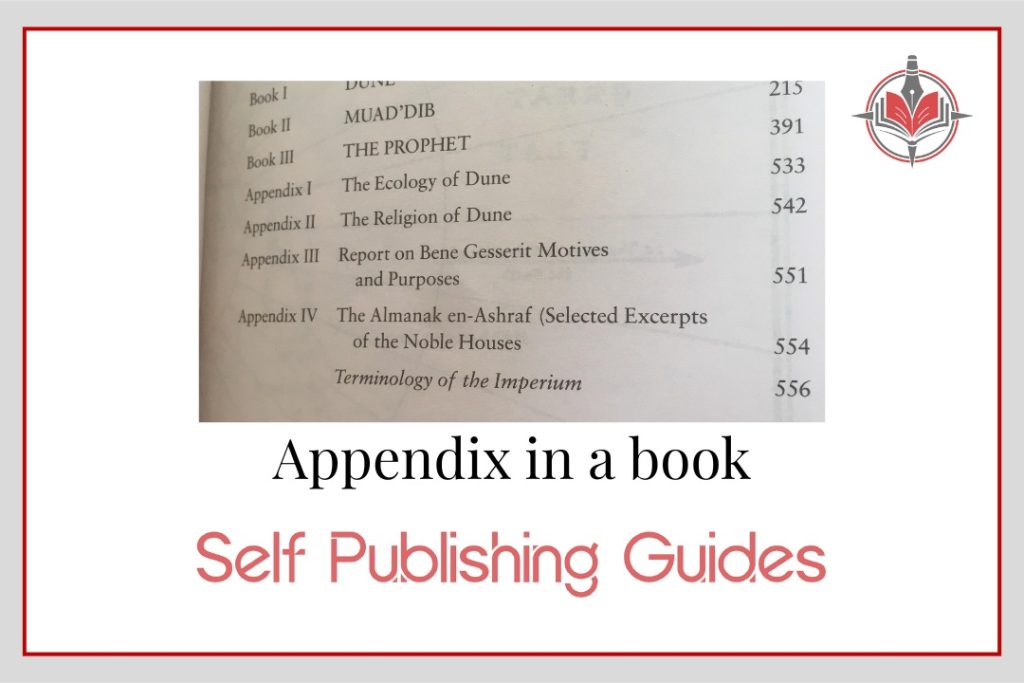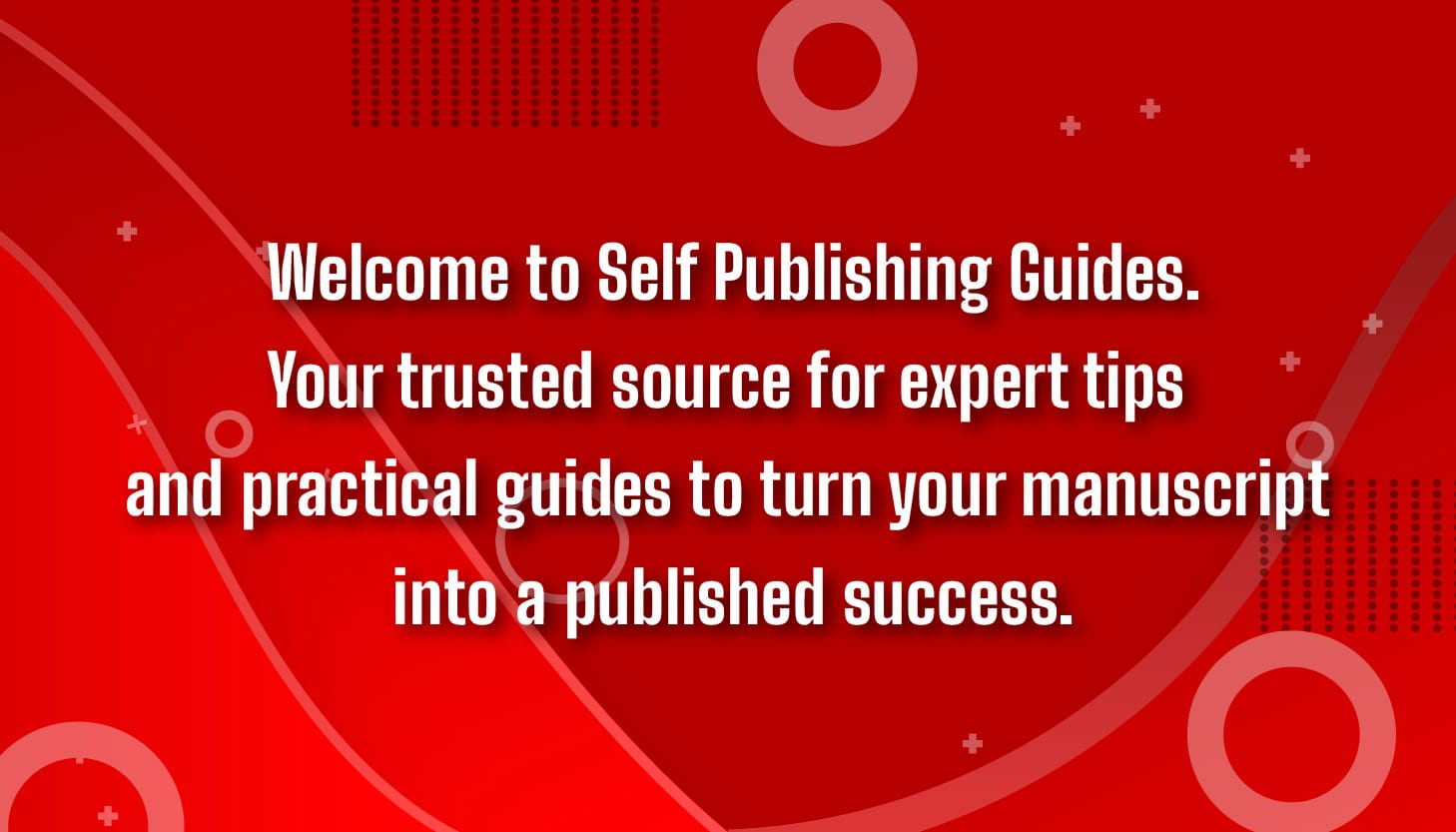
If you’re scratching your head about how to write appendix in a book, don’t worry, you’re not alone. Most authors know the basics of writing chapters, editing their prose, and polishing up the cover, but when it comes to the appendix, things get a little fuzzy. An appendix is like that bonus track at the end of your favorite album: optional, but often the coolest part. It’s where you tuck away interviews, charts, transcripts, or even a suggested reading list. The beauty is, it doesn’t weigh down the main content, but it still gives your readers something extra if they’re curious.
And yes, you should learn this. Knowing how to add an appendix in a book properly makes your work look polished, professional, and just plain reader-friendly.
Why Bother with an Appendix Anyway?
Here’s the thing: most readers don’t need the appendix to enjoy your book. But it can seriously boost their experience if they want to dig deeper. Imagine you’re writing nonfiction, say, a book about healthy eating. You might not want to clutter up chapter three with raw survey data or full interviews with dieticians. But you also don’t want that material lost forever. That’s where the appendix shines. It’s a safe home for the “bonus content” that adds value without interrupting flow.
If you’re writing fiction, it can work too. Maps, timelines, or character family trees? Perfect candidates for an appendix in a book.
Step One: Decide If You Need One
Not every book requires an appendix. If your story or argument stands fine on its own, skip it. But if you’ve got charts, historical documents, detailed references, or behind-the-scenes interviews that would help your readers, then learning how to write appendix in a book becomes worth your time.
Step Two: Treat It Like a Chapter
Your appendix should look like the rest of your book. Same font, same layout, same vibe. You don’t want it sticking out like a mismatched sock. That way, even though the appendix is extra, it still feels like part of the whole package.
Step Three: Label It Clearly
Nothing confuses a reader faster than an appendix without a label. If you’ve only got one, simply call it Appendix. But if you’ve got multiple, go alphabetical:
- Appendix A: Interview Transcripts
- Appendix B: Survey Results
- Appendix C: Reading List
See how neat that looks? Anyone flipping through your table of contents can find the right section instantly. And yes, always include your appendix in the TOC so it doesn’t vanish into the shadows.
Step Four: Smooth References Inside the Text
Instead of writing something clunky like “See page 239,” just say “See Appendix B for full survey data.” That way, even if your book layout shifts or you’re publishing digitally, the reader knows exactly where to look.
Step Five: Place It Correctly
Your appendix usually comes at the very end of the book, right after references or bibliography. For a novel, it might just come after the final chapter. Either way, it’s not stealing the spotlight, it’s politely waiting backstage until the reader is ready.
A Quick Example
Picture this: you’ve written a memoir about your grandmother’s cooking. Throughout the book, you drop in little quotes from her, but you’ve also got the full interview transcripts and maybe even a handwritten recipe collection. Instead of stuffing them all in chapter six, you add:
Appendix A: Full Interview with Grandma
(For the curious ones who want every detail.)
Appendix B: Original Recipe Notes
(Perfect for history buffs and food lovers.)
This way, your story flows beautifully, but readers who want more have a treasure chest waiting at the end. That’s the magic of learning how to write appendix in a book, it adds depth without clutter.
Keep It Reader-Friendly
At the end of the day, the appendix is a gift to your readers. You’re not just dumping extra information, you’re carefully packaging it so that it’s easy to find, easy to read, and doesn’t interrupt the main story. Think of it like an optional side quest in a video game. You don’t have to play it to beat the game, but it makes the experience richer if you do.
Final Thoughts
Knowing how to write appendix in a book is less about rules and more about clarity and reader love. It’s a place for extras, goodies, and behind-the-scenes details that make your book stand out. Whether it’s maps in a fantasy novel, transcripts in nonfiction, or data tables in a research book, the appendix does the quiet work of adding depth.
And remember: your appendix is optional. But when used well, it can turn a good book into a truly complete one. So next time you’re debating where to put that massive chart or beloved extra material, you’ll know exactly how to handle it.

